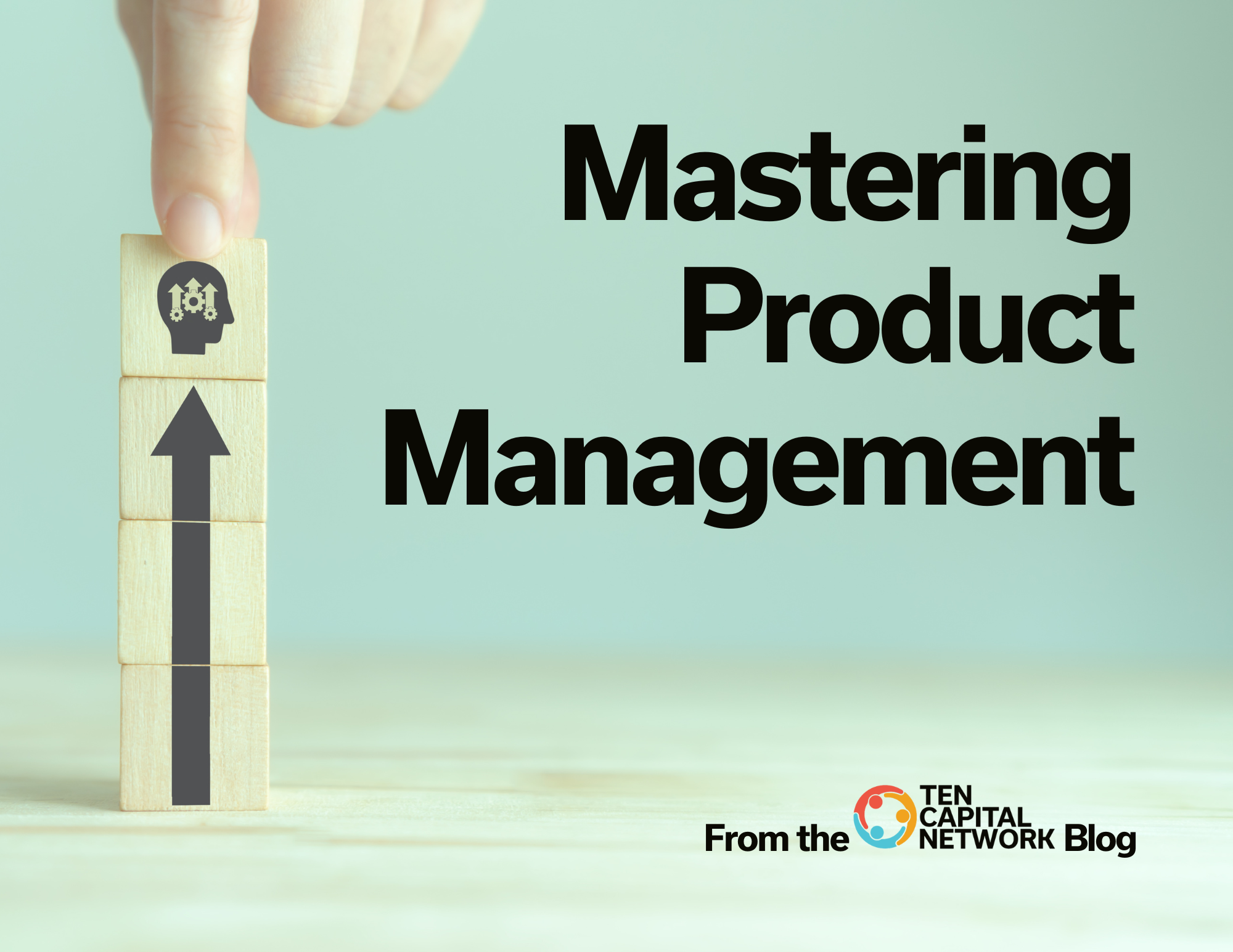2 min read Your Financial Model will consist of several KPI’s, or key performance indicators. The metrics show the business’s overall health and can influence business decisions. You will also share the metrics with investors to glean financial projections when choosing whether or not to invest.
Below, we cover several KPI’s to include in your financial statements.
Cost of Goods Sold (COGS)
The cost to build and deliver your product or service. This includes the building costs of the product or hours to deliver the service.
Capital Expenditures
This KPI accounts for investments into assets. This includes real estate, intellectual property, equipment, facilities, buildings, computers, servers, and office equipment.
Depreciation
Depreciation represents the reduced value of assets based on their useful lifetime. One can expense a portion of the value each year over the life of that asset.
Personnel Expenses
Each employee has a salary, benefits, and payroll taxes. Payroll taxes are a calculation off of the salary. In addition, commissions need to be included but are variable expenses related to sales.
Financing
Any financing you have must also be accounted for in the financial statements. So you’ll need to set up a tab in your spreadsheet to capture the details of a loan or other types of financing, such as accounts receivable financing.
Valuation
For later-stage startups with revenue, one can use the financial projections to estimate the company’s valuation for fundraising purposes. Your financial projections should have the key elements, including projected cash flows, a chosen discount factor, and a net present valuation of the free cash flows to generate the DCF valuation.
Operating Expenses
Operating expenses are the day-to-day expenses a business incurs. They support the operational side of the business covering sales, marketing, product development, and administration.
Working Capital
Working capital is the capital you need to run the business’s daily operations and includes anything converted to cash. This includes cash, accounts receivables, and inventory. Accounts payable reduces your working capital as you must pay it out each month.
Taxes
Taxes include payroll and social security taxes, which are based on employees’ salaries and are paid monthly. In addition, income taxes are taken from your profit and loss statement results.
Revenues
For sales forecasting, begin with your current sales funnel and revenue history. Next, use your current sales process for the first two years and then switch to your growth initiatives in years three to five.
Feel free to try out our calculators and contact us if you would like to discuss your fundraise: https://www.startupfundingespresso.com/calculators/

Hall T. Martin is the founder and CEO of the TEN Capital Network. TEN Capital has been connecting startups with investors for over ten years. You can connect with Hall about fundraising, business growth, and emerging technologies via LinkedIn or email: hallmartin@tencapital.group.





